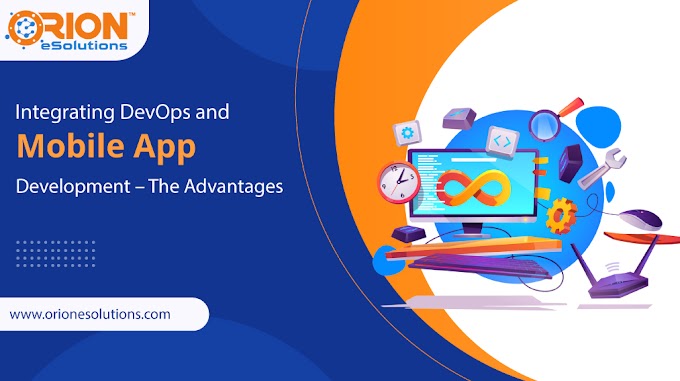When it comes to modern software development, most of us have started expecting that new and improved software features can appear incrementally on almost any given day. This applies to the consumer applications software applications running on the web, mobile along with enterprise software.
Continuous Delivery comes in the picture as a set of principles that are aimed at enhancing the throughput of delivering software to production, all in a very secure and trustworthy manner. With more and more organizations moving to data-driven or AI-driven ideologies, it is becoming increasingly important to include data science and data engineering approaches into the software development process for avoiding problems that hinder collaboration and alignment.
With that being said, this integration brings with itself some challenges such as a higher number of transforming artifacts, size and portability issues, different skills and working process problems in the workforce, etc.
Continuous Delivery for machine learning is the technical approach that is followed to solve these challenges while bringing together groups in order to develop, deliver, and improve the machine learning applications.
Let us now understand the meaning of Continuous Delivery for machine learning.
WHAT IS CONTINUOUS DELIVERY?
In order to understand the meaning of continuous delivery for machine learning, it is first important to get the meaning of continuous learning and the place where its principles originated from. Continuous Delivery is a fundamentally a software engineering approach in which the teams produce the software in short life cycles while ensuring that the software can be reliably released in any given time.
It creates a repeatable and reliable process for releasing software, automating almost everything, and building high quality. In addition, continuous delivery is the capability to get changes of all types involving the production, new features, experiments, etc, into the production process or in the hands of users in a safe manner.
Any changes to the machine learning models are just a type of change that requires management and released into production. Other than code, it needs a CD toolset to be extended so it can easily handle new artifacts.
Developing an effective Continuous Delivery approach allows overcoming challenges so that they are applicable to machine learning applications while calling this continuous delivery for machine learning. This approach also speeds up the process of the continuous intelligence cycle.
CONTINUOUS DELIVERY FOR MACHINE LEARNING
Continuous delivery for machine learning is a software engineering approach that involves a cross-functional team producing applications based on code, data, models in small and safe increments that can be reproduced and reliably released at any given time and in short cycles.
The important principles of continuous delivery for machine learning involved in this definition are:
- SOFTWARE ENGINEERING APPROACH: The software engineering approach helps the teams to produce high-quality software efficiently and effectively.
- CROSS FUNCTIONAL TEAM: Experts with many different skillsets and workflows over data engineering, development, operations, data science, and many other areas are collaborating to pay increased attention to the skills and strengths of each team member.
- PRODUCING APPLICATIONS BASED ON CODE, DATA, MODELS: All the aspects of the software production process need different tools and workflows and they must be managed accordingly.
- SMALL AND SAFE INCREMENTS: Software artifacts are released in safe and small increments that provide visibility and control around the levels of variance, outcomes while adding security to the process.
- REPRODUCED AND RELIABLY RELEASED: The method of releasing software into the production is pretty reliable and leverages automation in a maximum way. This precisely means that all the software artifacts including the code, data, parameters, models, etc. are versioned almost appropriately.
- AT ANY GIVEN TIME: It is important for the software to be delivered into production at any given time. Even if the organization desires to deliver the software all the time, the important fact is that getting ready for the release takes the decision about when a business decision should be released.
- SHORT CYCLE: A short development cycle means that the development cycles must be in the order of days or hours and not more than that. In order to make this possible, it is important to automate the process including the quality safeguards built-in systems. This helps in creating a feedback loop that further helps in adapting to models as you learn from its behavior in production.
CONCLUSION
In conclusion, it must be noted that continuous delivery for machine learning is an extremely effective process of moving the development of applications from proof-of-concept programming to professional state-of-the-art software engineering.






0 Comments